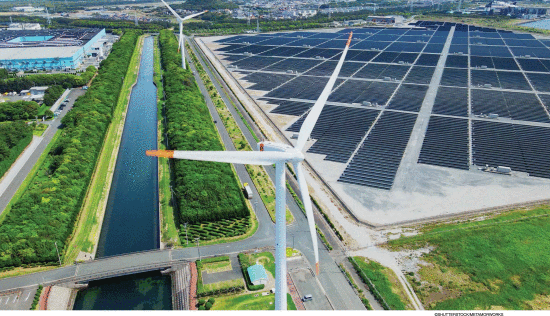As power systems transition toward renewable energy, inverter-based resources (IBRs) like wind and solar are replacing conventional synchronous generators (SGs) [1]. While this shift supports sustainability, it also introduces new challenges in frequency regulation since IBRs lack the natural inertia that stabilizes the grid during disturbances [2]. To ensure a stable and resilient power grid, IBRs must play an active role in frequency support in future networks.
Achieving this goal depends on two key drivers: technological innovation and economic and regulatory incentives. On the technical side, advancements such as grid-forming inverters, inertia emulation and fast frequency response (FFR) strategies are essential for equipping IBRs with the capability to provide reliable frequency support. Additionally, wide-area monitoring, protection, and control (WAMPAC) enables real-time coordination, further enhancing grid stability. However, realizing the full potential of these technologies requires addressing the regulatory overhang and establishing incentive mechanisms that encourage IBR participation in frequency regulation.
For more information click here






